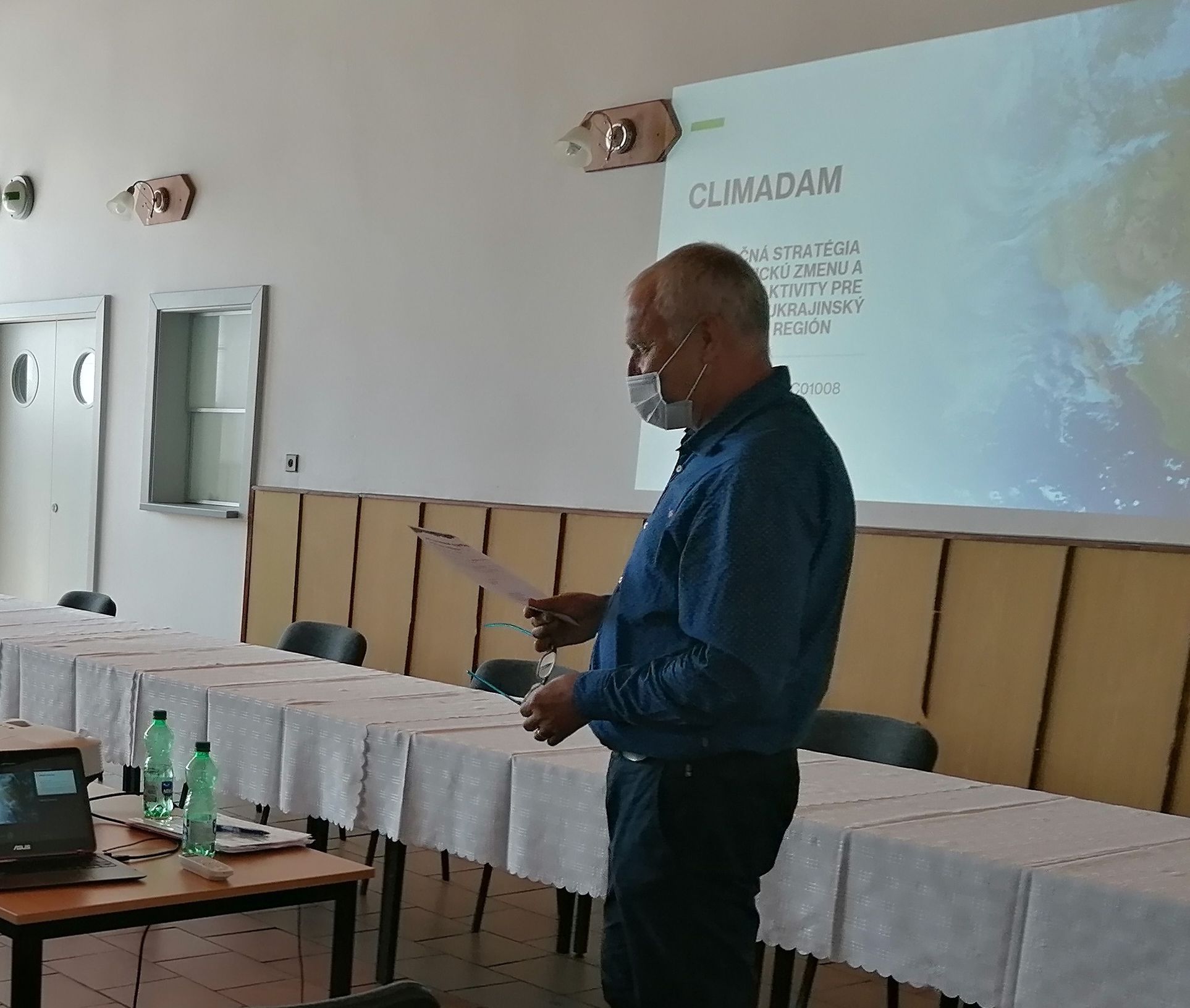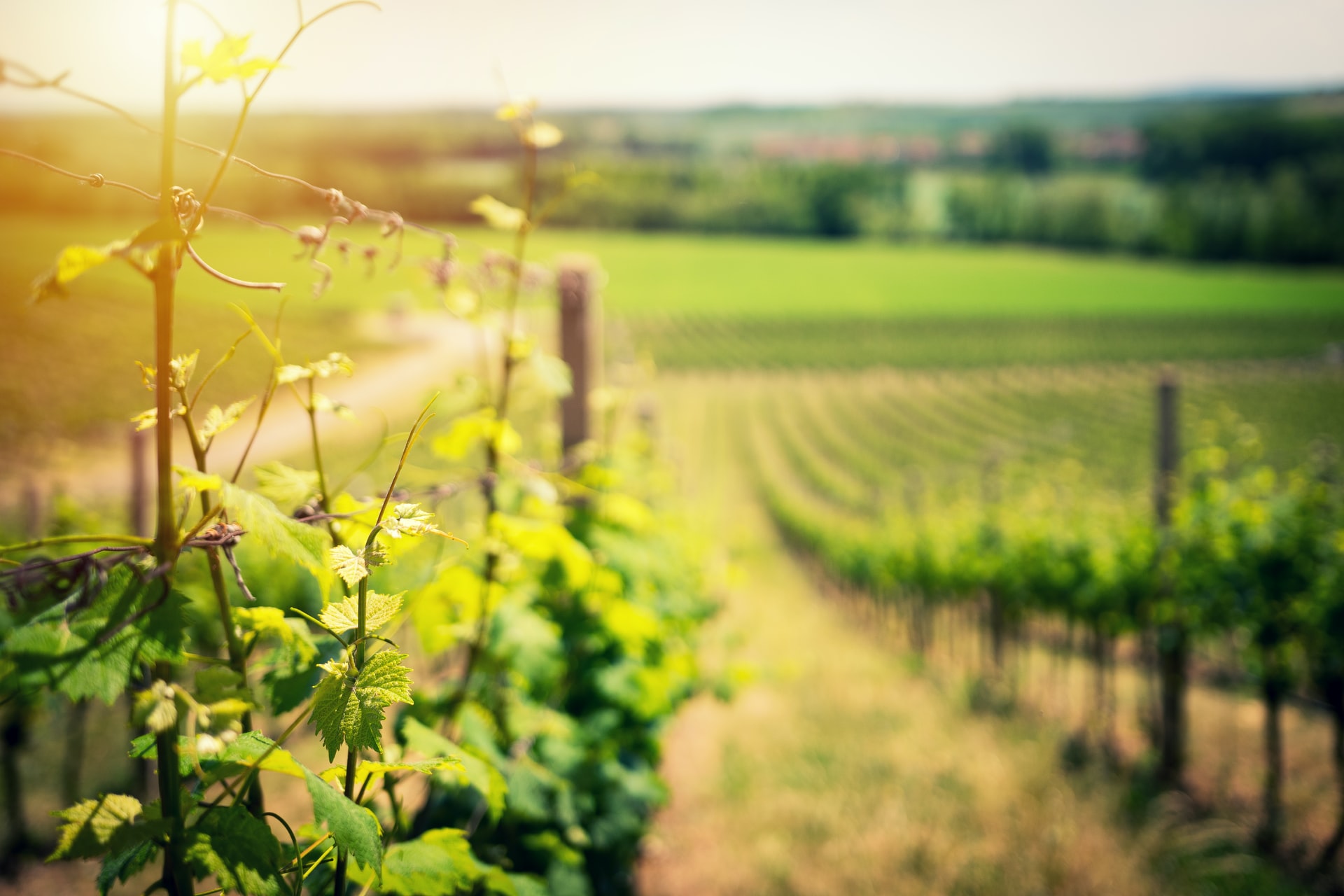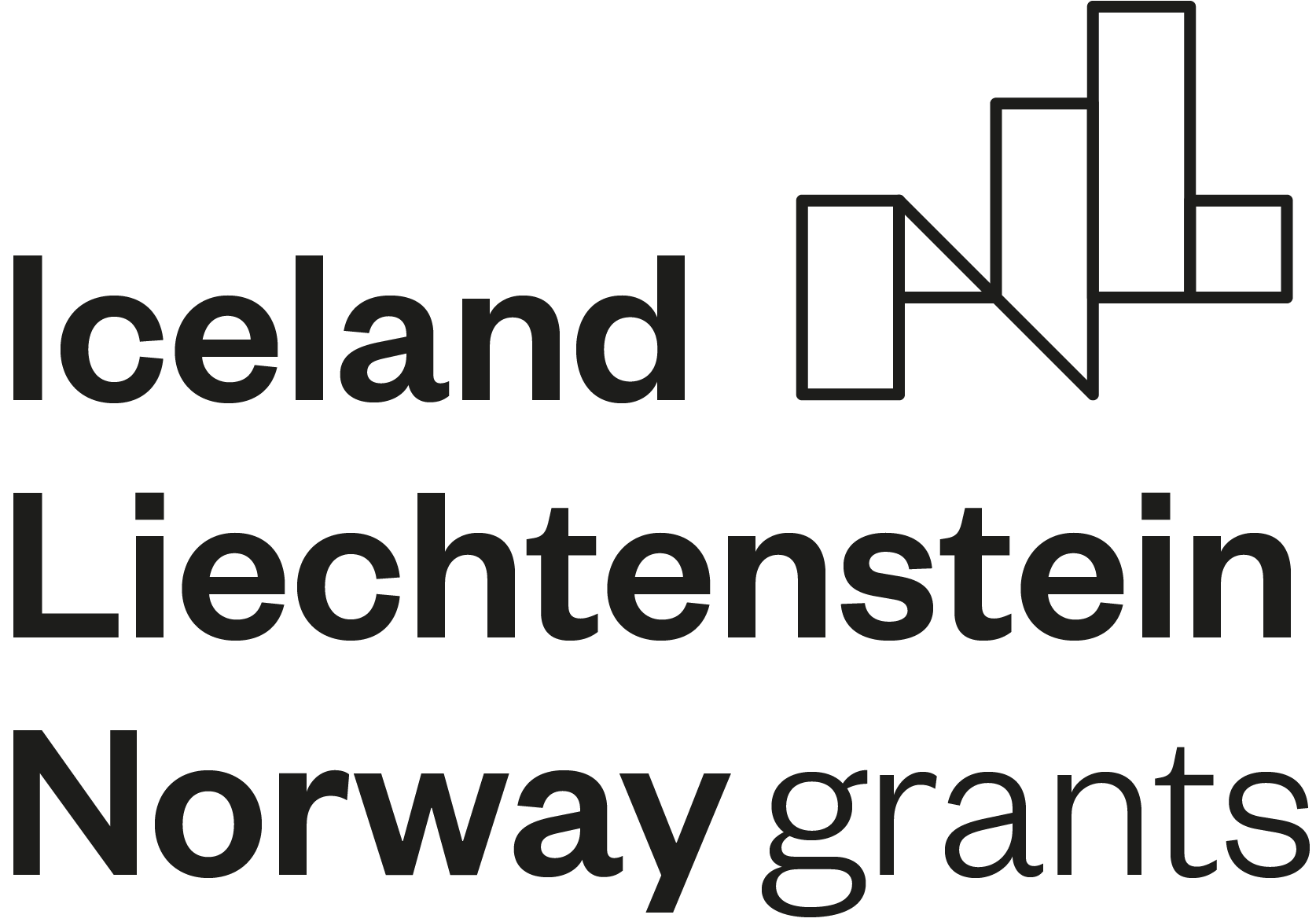Much has been said about climate change lately. Scientists expect warmer and drier days or extreme weather events. This time, we focused on the consequences of climate change in the area of the Roňava River in eastern Slovakia. It also partially extends into the Tokaj wine-growing region, an area that is well-known for its excellent high-quality wines. It is also an area where the small river Roňava is responsible for floods several times a year.
When it comes to the flood in this area, in addition to fields and cellars, a football pitch (in the village of Michaľany) has been flooded, too. Many associate frequent floods with climate change. In addition to the change in precipitation regime, water, and air quality also decreased, as well as the access to drinking water is worsened. These and other climate changes might cause a serious threat to people’s quality of life, economic growth, and especially the natural environment (not only) in the south-east of Slovakia.
The causes of the floods on the Roňava River is being investigated
The frequent floods in this area has became the impulse for the development of a comprehensive study, aiming to name the causes and find solutions for municipalities in the Roňava river basin. It also includes a survey among the inhabitants of this area, which was coordinated by sociologist Gizela Brutovská.
90 respondents from the survey area in the south-east also commented on the extent to which climate change has affected the way they spend their leisure time and whether they are concerned about their crops.
It is interesting that all respondents were willing to give their opinion during the research, which, according to the sociologist, may be related to the fact that residents living in the Roňava river basin are intensely aware of climate change in terms of their personal lives.
Fears of crop loss and floods
One of the significant showcases of climate change is the increased air temperature, which experts have been observing with concern for a long time. Since the Industrial Revolution, global temperatures have risen by more than 0.8 ° C on average. The European mainland recorded a temperature increase of 1.4 ° C (by 2015).
According to our survey, the inhabitants of the monitored area also felt very much that climate change is present in the place where they live. 15 percent of respondents say that under the rising temperatures, they were very or extremely forced to buy air conditioning, or an air cooler.
There was also a slight change in the need for insulation and the air conditioning. As many as a quarter of the surveyed Easterners near the Hungarian border warmed up their places excessively to the extreme under the influence of climate change. According to the sociologist, it is possible to predict that it is in these areas that the highest warming is present. However, other factors may also affect this phenomenon. Brutovská emphasizes that the respondents probably had sufficient financial resources to make such adjustments.
According to the results of the survey, there is no respondent who is not at all afraid of extreme drought.
Residents of the monitored area also expressed their concerns about the extreme drought and the fear that they would have a destroyed / damaged crop in the garden, garden or field. This zone has a warm climate for our conditions, which makes it very suitable for growing vines and producing naturally sweet wines.
The locals also point out in the survey that trees, shrubs, tree lines and fruit trees are slowly declining in the area.
On the contrary, very few new trees are planted. According to the respondents, the flow of the Roňava River and its tributaries is very poorly regulated.
Residents in the municipalities expect major climate change associated primarily with rising temperatures, droughts and torrential rains, which will significantly affect people, vegetation, animals and the character of the whole area.
Research also shows that residents in the Roňava river basin are forced to absorb rainwater more, as they feel a lack of water, especially for irrigation.
Foto: Wolfgang Hasselmann, Unsplash.com
The survey shows that there are water shortage problems in this area and are likely to continue to do so in the future. In the conclusions of the survey, Brutovská states that in certain parts of the territory, especially in the lower part and the villages where the Roňava River flows, the inhabitants were forced to introduce anti-flood measures and it is in these parts that they are naturally afraid of floods.
Health, transport and leisure
Extreme weather fluctuations are among the most common effects of climate change on human health. In addition, heat and flood mortality are expected to increase, especially in Europe. The European Environment Agency reported up to 70,000 deaths in 12 European countries in 2003 due to heat. Most of them were seniors, because their body is less able to cope with heat regulation. Paradoxically, our survey shows that it is young people who feel the greatest concerns about their health in the context of climate change. At present, residents of the study area do not report health complications associated with climate change that would require medical treatment.
We also took a closer look at the area of transport in the survey. As one of the largest producers of carbon footprint, it also causes environmental pollution and climate change. According to the survey, the most used mode of transport in the Roňava river basin is the car. Every second respondent (52.86%) went to work or school.

Foto: Nabeel Syed, Unsplash.com
Sociologist Brutovská also assumes that a certain part (students) after obtaining a driver’s license or after graduating from school (traveling by train for free ends) switch to a car. According to her, this phenomenon will further increase the number of people who will use a car as a mode of transport to work.
The results of the survey also suggest that very few respondents are aware that public transport significantly saves the environment and therefore uses it.
Climate change has also affected in part the leisure activities experienced by young people in particular. The changes mainly concern the length and way of staying in the sun and by the water but also working in the garden at lunchtime.
According to the results of the research, the respondents assume that the climate will change a lot in the next 10 years. Only time will tell how the climate will change in real terms, but we must do our utmost to make the impact of the looming climate crisis as mild as possible. It is up to us how we approach climate change and the activities that cause it.
It’s time to start with OURSELVES.









